By NAOMI GOLDMAN
By NAOMI GOLDMAN
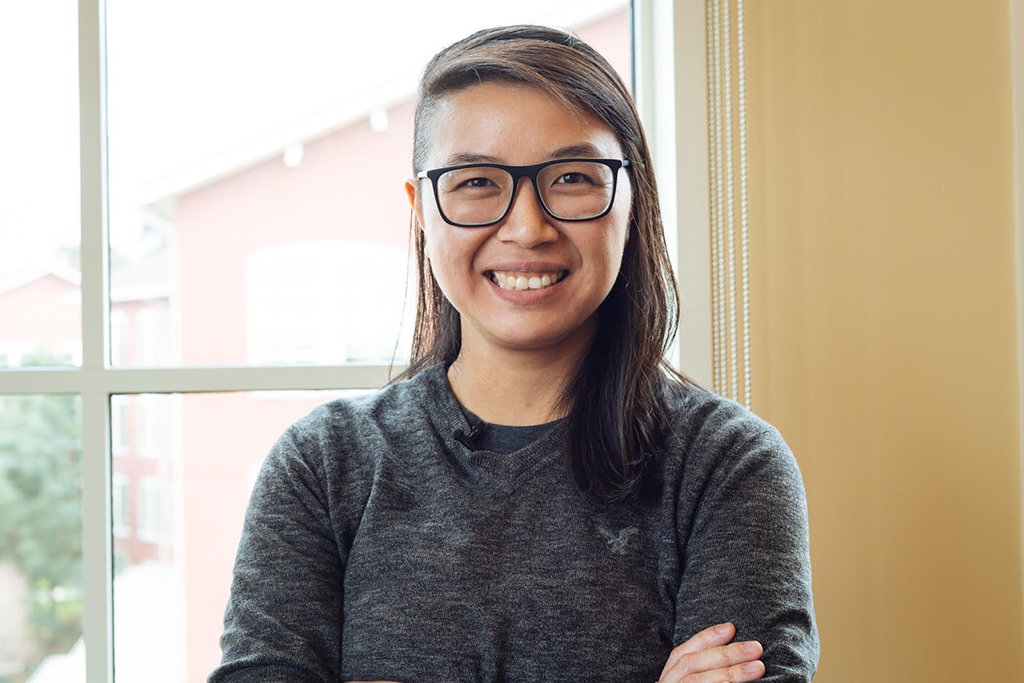
Frances McDormand’s fiery Academy Award acceptance speech in February accomplished more than electrifying a global audience and elevating women in film. Since then, the entertainment industry has been buzzing about inclusion riders and other actions to address diversity, both in front of the camera and below the line. These issues have challenged the industry for many years, and there have been various initiatives to increase parity and career opportunities. Today, we find ourselves at a watershed moment, bearing witness to an industrywide movement. This collective epiphany is both accelerating progress and shining a light on practitioners who have been essential players in filmed entertainment for years – albeit without the widespread recognition. VFX Voice takes an in-depth look at the twin subjects of diversity and inclusion through the lens of one project that is hoping to close the gender gap in visual effects and inform the perceptions of the stellar artists and innovators working to create visual imagery. Started by Charmaine Chan in 2017, Women in VFX is a portrait and video series that gives voice to women working in the industry, and its goals are lofty. Women in VFX aims to shatter the current expectations of women and inspire future generations to join and excel in the field of visual effects. Chan is a VES member in the San Francisco Bay Area and works as a compositor and area technical lead at Industrial Light & Magic. Her feature film career highlights include Black Panther, Star Wars: The Last Jedi and Pacific Rim. We spoke to Chan to find out more about the project and her take on the current state of the industry.
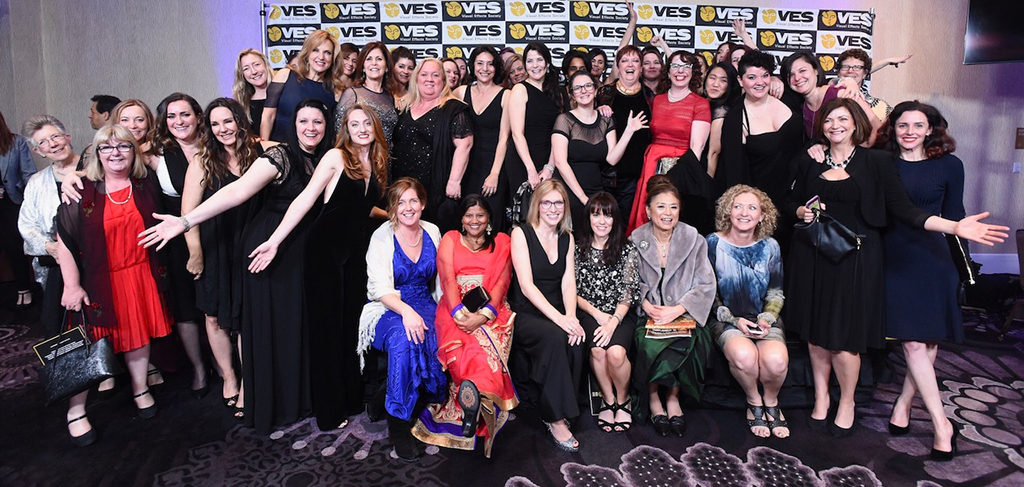
“When I was getting started on this in 2016, every major motion picture release that year contained visual effects, yet only 17.5% of the people creating visual effects were women.” — Charmaine Chan
VFX Voice: Tell us about your start in VFX and your perspectives on entering the field. Charmaine Chan: I joined ILM 11 years ago, originally as a Digital Resource Assistant and then an Assistant Technical Director. I was fresh out of college, not knowing what to expect. I was working with people who practically invented visual effects and walked in feeling somewhat intimidated, but with optimism that was going to be a life-changing experience. I have always been in diverse environments, and so I was surprised not see much diversity in the industry to begin with. It wasn’t until I started meeting more people that I realized there are more women, LGBT folk and people of color, they just aren’t the face of the industry and don’t have the spotlight on them.
VFX Voice: What was the impetus for creating Women in VFX? Charmaine Chan: I am a queer Chinese woman, so I have always had an eye out for representation – where are the people like me that I can look up to? If I can find someone to relate to, it gives me hope that I can succeed… ‘if you can see it, you can be it.’ In recent years, there has been increased attention on inequality in the workforce, the glass ceiling, pay gaps across the entertainment industry broadly, but not as much within the visual effects community specifically. I wanted to bring this issue to the forefront and start showcasing talented women and other people of color in our industry, and that led me to start my series. When I was getting started on this in 2016, every major motion picture release that year contained visual effects, yet only 17.5% of the people creating visual effects were women. I wanted to introduce a new platform to amplify our voices and our stories as a tool for change. And I wanted to create a sense of community and shared experiences to give comfort and inspiration to people starting out in their career and those considering joining the field.

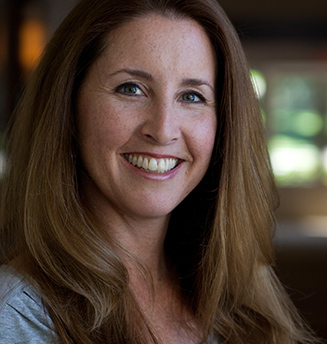
VFX Voice: When it comes to inclusion and diversity, how has the industry changed during your career? Charmaine Chan: I have seen a strong increase of women in tech roles coming into the industry with more awareness that this is a field they can get into. There are so many career paths in VFX and the more we promote them – production, engineering, art direction – they will see more pathways to attract more and younger people. At the same time, there are issues with retaining talent, which is likely due to questions about the growth potential for women and work-balance issues. I constantly see barriers. I would love to one day be a VFX supervisor. Every year at the Academy VFX Bakeoff I play the game of “Where’s Waldo?” – are there any women on the list? I interviewed Sara Bennett (the first female VFX supervisor to win an Academy Award, for Ex Machina 2016), and she talked about how we can count the number of award-winning women in VFX on one hand. We need to acknowledge that as a collective community and take steps to recruit, support and mentor. Companies should really look at fostering opportunities for professionals from different backgrounds to excel and be more transparent about their hiring numbers. And I think it’s good to have both government and the private sector active in recruiting and sharing the outcomes.
VFX Voice: What has the response been to Women in VFX so far? Charmaine Chan: I have been trying to interview as many people around the world with different perspectives on what it is like to be a woman in our industry. To date, we have interviewed more than 60 women across four countries and we keep building enthusiasm and support. The response has been very positive. Many people have said ‘I wish I had this resource 10 or 20 years ago when I was starting out; it would have given me more hope and overall confidence in going into this industry.’ Through these videos, our colleagues are finding and validating that they have a voice and a rich sisterhood to draw from.
“In recent years, there has been increased attention on inequality in the workforce, the glass ceiling, pay gaps across the entertainment industry broadly, but not as much within the visual effects community specifically. I wanted to bring this issue to the forefront and start showcasing talented women and other people of color in our industry, and that led me to start my series.” —Charmaine Chan
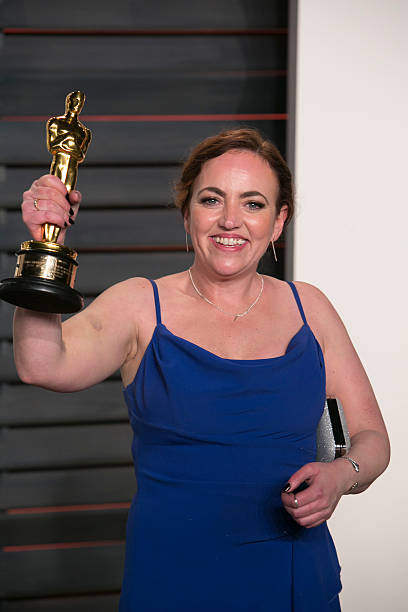
“A more diverse team is what creates innovation, and I believe that different perspectives are the key towards delivering the best results when it comes to bringing stories to life.” —Charmaine Chan
I am for the move towards gender parity and broad inclusion of new and unique talent. A more diverse team is what creates innovation, and I believe that different perspectives are the key towards delivering the best results when it comes to bringing stories to life. Black Panther was the most diverse team I have ever worked with. It was interesting to see the influence of such distinct voices trickle-down from production to post-production and transform the entire filmmaking process. And clearly audiences around the world responded en masse to this landmark vision, so I hope that’s a clarion call for more of this.
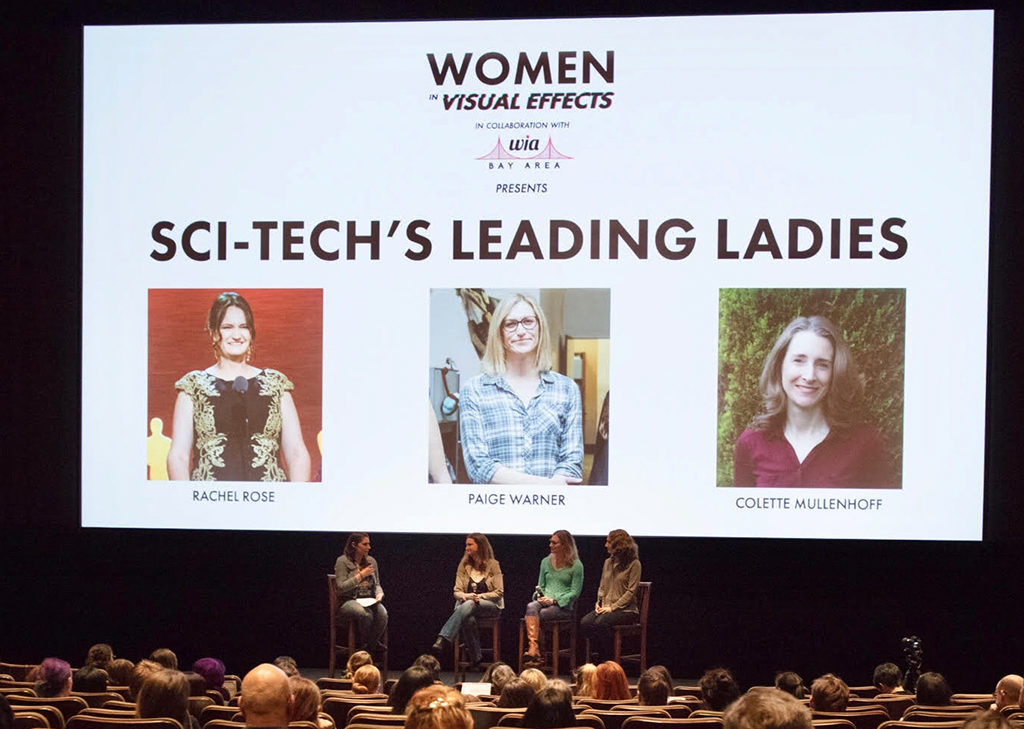
“Many people have said ‘I wish I had this resource 10 or 20 years ago when I was starting out; it would have given me more hope and overall confidence in going into this industry.’” —Charmaine Chan
VFX Voice: What’s next for Women in VFX? Charmaine Chan: We have recently evolved into live events. We held our first event in the Bay Area with “Women in Animation” featuring three women who have received the Academy’s Technical Achievement Award and earlier this year and participated in the “Spark FX: Diversity Summit in Vancouver.” We want to expand into forums and build robust partnerships and keep the dialogue top-of-mind as a catalyst for progress.
VFX Voice: What is your advice for young women considering a career in VFX? Charmaine Chan: We get the chance to bring amazing stories to the screen and entertain audiences around the world. If you have the passion and love for filmmaking and VFX, it’s going to be hard, but keep at it. VFX practitioners are some of the most brilliant professionals you will ever work with, so seek out role models with gusto. And remember that sometimes the most talented people are the ones who don’t speak up or have minority opinions. If you can help mentor them and share their ideas, you will become that agent of change and innovation. What we’re working towards in fostering diversity – it’s not just a women issue or people of color issue. It’s about shifting the landscape and inviting new people in to create a really dynamic next generation of VFX practitioners and leaders. And that’s something we should all celebrate.
Follow Women in VFX on Twitter @womeninvfx and YouTube